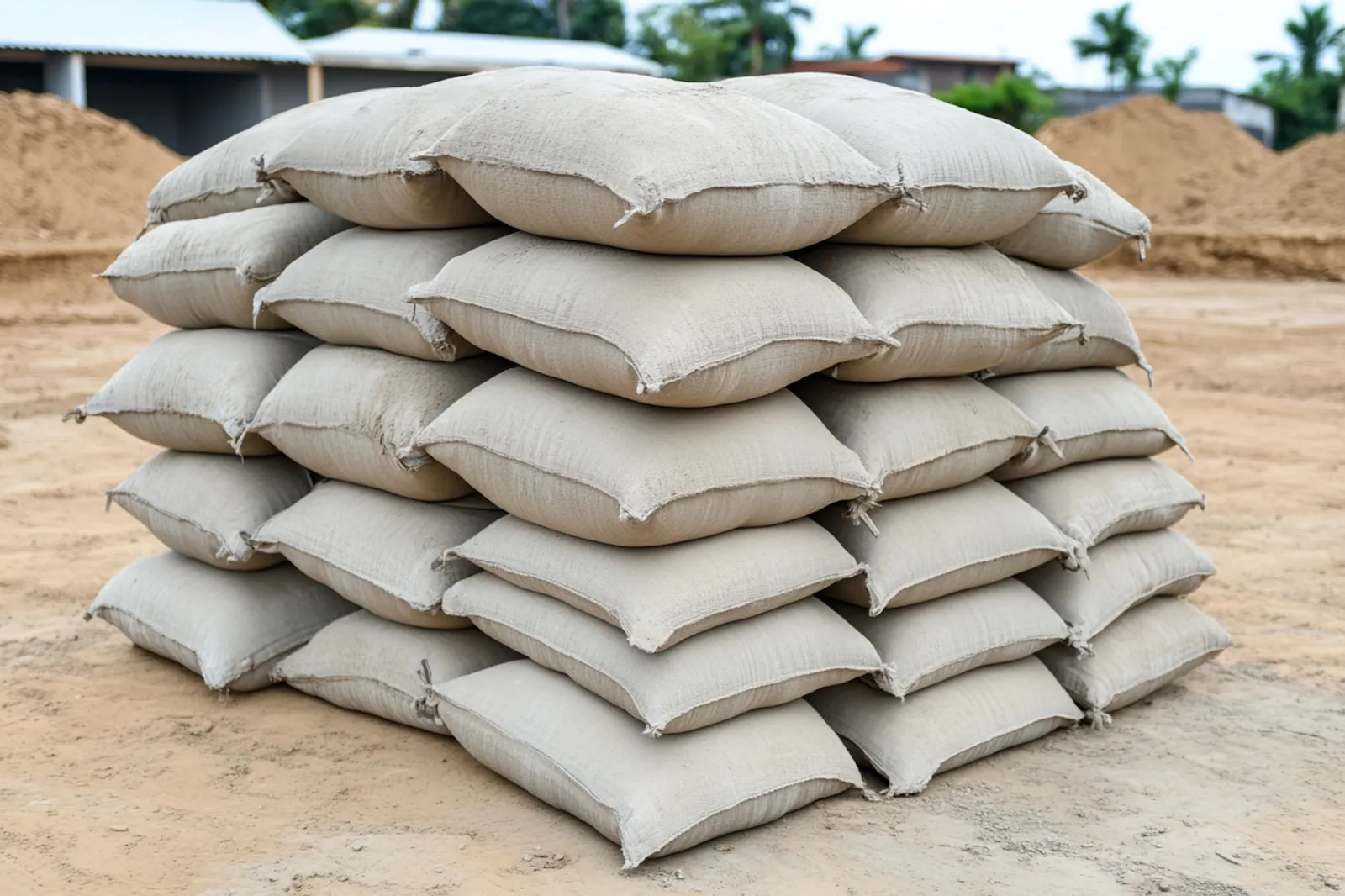
Construction projects require careful planning, the right tools, and reliable materials. Even small items can play a big role in keeping a job running smoothly. One such item is the humble sand bag. While simple in design, it provides many benefits across different stages of a construction project. From improving safety to saving time and money, sand bags have become a useful tool for builders and contractors alike.
This article looks at the practical ways construction sand bags help improve efficiency. It explores how these bags support site management, protect workers, and contribute to overall project success.

On active construction sites, loose soil and uneven ground can create problems. Heavy machinery and constant movement may disturb the soil, especially during rain or wind. Sand bags help stabilise these areas. They act as barriers to control erosion, keep soil in place, and prevent washouts that delay progress.
For example, on sloped sites, placing sand bags along the edge helps hold back loose dirt and keeps pathways clear. When heavy rain hits, water flows around the barriers instead of carrying mud into work zones. This reduces the need for constant cleanup and helps maintain safer working conditions.
Water damage is a common concern in construction. Whether caused by rain, burst pipes, or nearby bodies of water, uncontrolled water flow can stop work and damage materials. Sand bags provide a quick and effective way to redirect water.
When stacked correctly, they form solid barriers that protect foundations, trenches, and stored materials. In unfinished basements or below-ground levels, sand bags can block water from entering the structure. This is especially useful in areas prone to flash floods or sudden storms.
Using sand bags in this way prevents water from weakening structures or making the site unsafe. It also keeps materials dry and reduces the cost of repairs and replacements.
Many suppliers now offer high-quality sand bags for sale, which makes it easy for contractors to prepare ahead of time. Having a reliable supply on hand ensures that crews can act quickly when water becomes a threat, minimising damage and downtime.
Safety is a top priority on any job site. Construction sand bags help reduce risks in several ways. One key use is creating clear walkways and buffer zones. When used to mark boundaries, they prevent vehicles from entering restricted areas and guide workers safely around the site.
Sand bags are also helpful for supporting temporary structures. For example, if fencing or signage needs to be held in place, sand bags provide the necessary weight. This keeps things from tipping over during high winds or accidental bumps.
In addition, using sand bags to anchor tarps or temporary covers helps shield workers from falling debris or poor weather conditions. With fewer hazards, the chances of slips, trips, or other accidents go down.
One of the biggest strengths of construction sand bags is their versatility. They can be used for many purposes with little to no modification. Need a temporary step or support? Stack sand bags. Need to hold down lightweight materials or equipment covers? Add a few bags on top.
They also come in different sizes and materials. Some are made with burlap for short-term use, while others use synthetic fabrics for longer life. This allows contractors to choose the right type based on their needs and budget.
The flexibility of sand bags means they are rarely wasted. Even after their original purpose is finished, they can often be reused elsewhere on the site.
Unlike large barriers or heavy equipment, sand bags are easy to move and set up. They don’t need special tools or training. This makes them ideal for quick fixes or temporary setups.
Teams can deploy sand bags in a matter of minutes. If weather changes or site conditions shift, the layout can be adjusted just as fast. Their lightweight and compact nature also means they can be stored easily and used only when needed.
In emergencies, this speed becomes a major advantage. Instead of waiting for help or supplies, workers can act quickly to protect the site using materials already on hand.
Managing costs is a constant concern in construction. Sand bags are a low-cost solution that delivers high value. Compared to building permanent barriers or renting heavy-duty water control tools, sand bags offer similar results for a fraction of the price.

They also help reduce damage, which lowers the cost of repairs and delays. Fewer delays mean lower labour costs and faster project completion. Even when accounting for replacement over time, sand bags remain a budget-friendly choice for site management and protection.
Construction companies are increasingly focused on reducing their environmental impact. Many sand bag options support this goal. Biodegradable bags made from natural fibers break down safely over time. Some manufacturers even offer recycled fill materials.
Using eco-friendly sand bags helps builders meet environmental standards without sacrificing performance. It also shows a commitment to responsible practices, which can be important for public projects or clients focused on sustainability.
Construction sand bags may be simple, but their impact on job site efficiency is significant. They help control erosion, manage water, improve safety, and support equipment without requiring complicated tools or large investments. Their low cost, flexibility, and ease of use make them a practical solution for both everyday needs and unexpected challenges. Whether preventing damage during a storm or marking safe walkways, sand bags provide reliable support that saves time, reduces risk, and helps projects stay on track. For builders and contractors looking to streamline operations, sand bags remain a smart and valuable resource on any site.